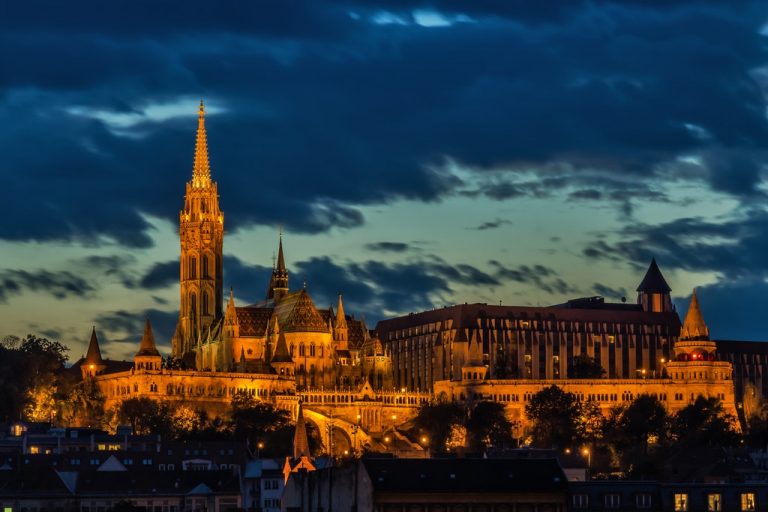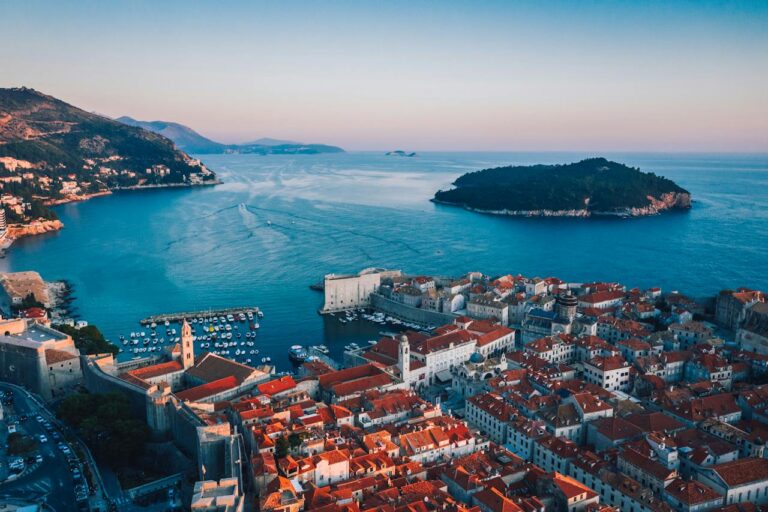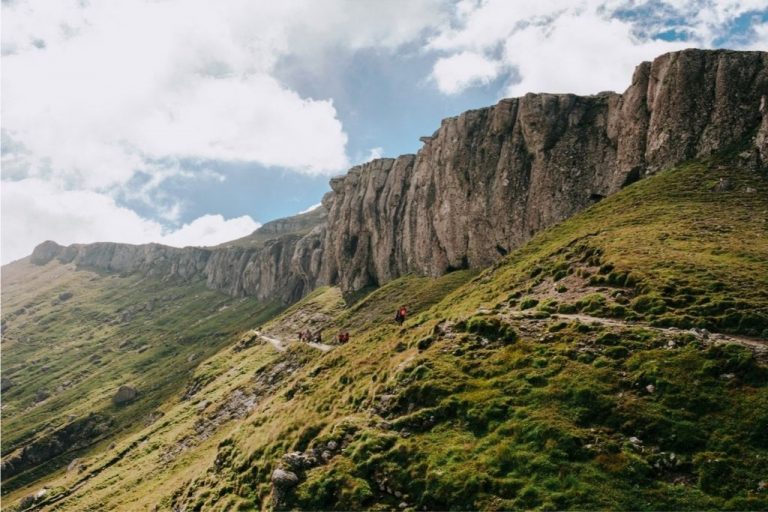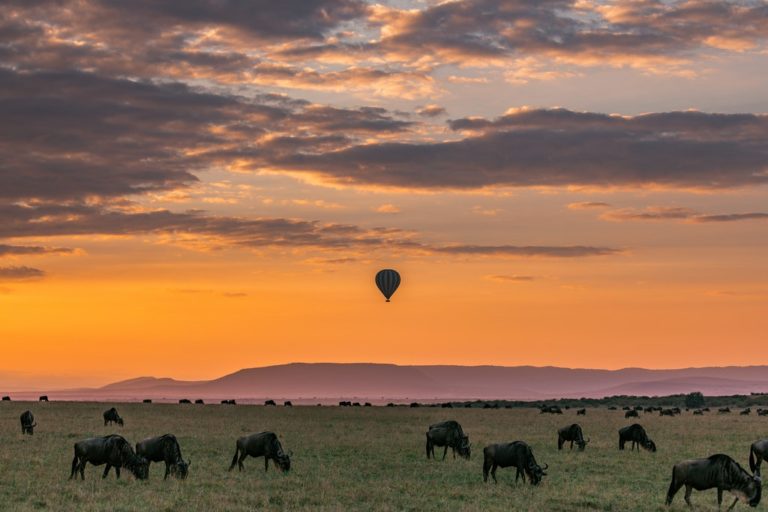From the architecture to the culture, Germany is a country where it’s easy to lose yourself. It’s not a place you need to go to blend in; it’s a place you need to go to see and experience.
As a result, there’s a certain amount of freedom and individuality that you can only get from spending time in a country that’s considered one of the best places to live and visit.
There’s so much to love about Germany. The people, the scenery, and of course, the beer. It’s a country that’s become more popular for travelers over the years, thanks to its fascinating history, vibrant party scene, and incredible, inexpensive food.
Germany is a perfect place to immerse yourself in their culture and pick up the language.
The country is known as the Deutschland, the Federal Republic of Germany, and Bundesrepublik Deutschland.
A visit to Germany is incomplete without a visit to the heart of the country, Berlin. This city offers a remarkable history of the country. The land was devastated by World War II, but now it has made a comeback and is noted as one of the must-visit destinations of Germany.
Besides Berlin, many other cities boast art, architecture, literature, and party scene. There are picturesque villages and market towns where you can stroll around too.
Geography
Netherlands, Luxembourg, and Belgium border Germany to the west, France to the southwest, and Switzerland and Austria to the south. Its extreme north side is bordered by Denmark, whereas the Jutland peninsula’s east and west side is bounded by the Baltic Sea and the North Sea coasts on the northern border.
The country has various landscapes ranging from tall mountains to the south, rolling plains to the north, forests hills to the west, and agricultural lands to the east.
The soil formation of Germany depends on relief, vegetation, hydrologic conditions, and human intervention.
Most of its soils on the Central German Uplands, the Rhine Valley, the Alpine Foreland, the Thuringian Basin, and the Magdeburg have fertile brown soils.
Climate
Germany has a temperate climate and is subject to quick variations due to the westerly winds from the Atlantic Ocean colliding with the cold air masses moving inwards from northeastern Europe.
The country doesn’t face high temperatures in summer and frosty cold during winter. Instead, it gets abundant rainfall that helps in agriculture.
However, precipitation levels vary according to the region. North German Plain has the lowest rainfall (500-750mm), whereas the Alpine regions have rainfall exceeding 2,000mm.
Nature and Wildlife
As said before, Germany has extensive forests that cover one-fifth of the total area of the country.
You can find oak and hornbeam forests, mixed oak-birch woodlands, Scotch pine and conifer trees like Douglas and Sitka spruces, and more in its vicinity.
Germany also has a variety of wild animal species. You can find types of deer, pheasant, and quail in the Alpine regions.
Other animals like wildcats, hare, lynx, beavers are more can be found in the alpine areas and central and southern uplands. The number of wild boars has decreased due to hunting.
Reptiles are also found in great numbers.
It also boasts internationally recognized bird reserves such as Lower Saxony, Schleswig Holstein, and the nature protection park at Luneburg Heath.






